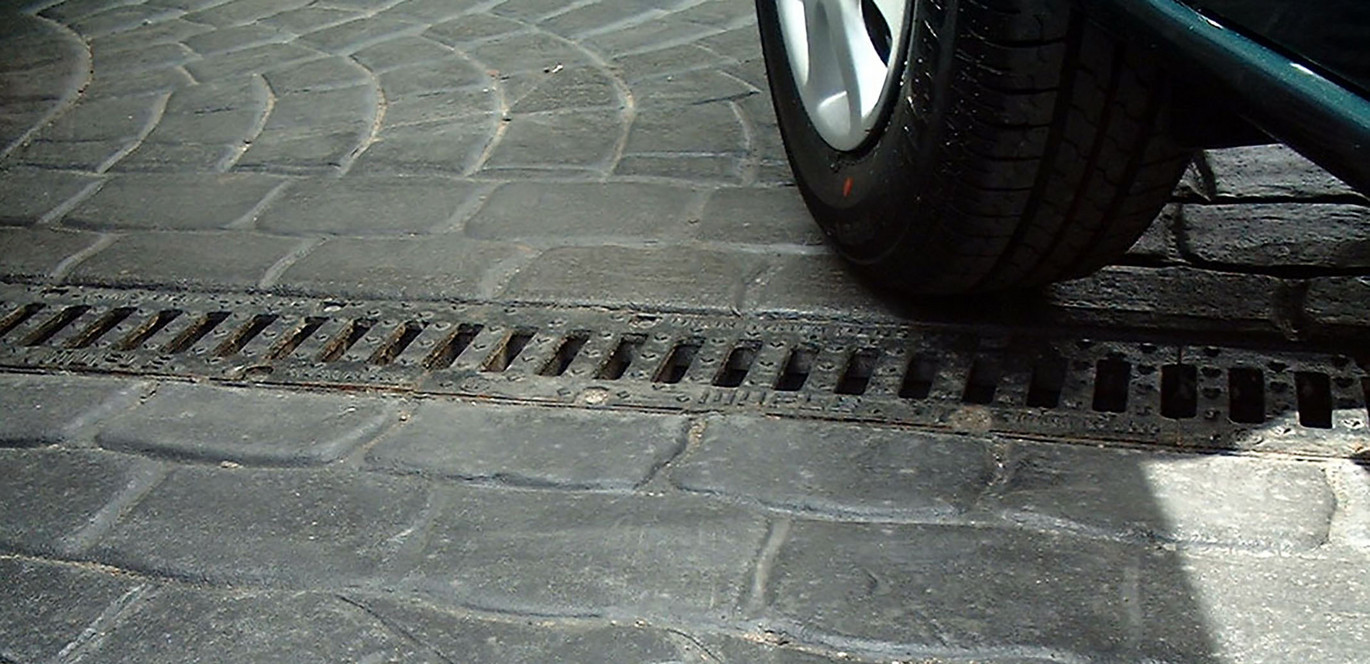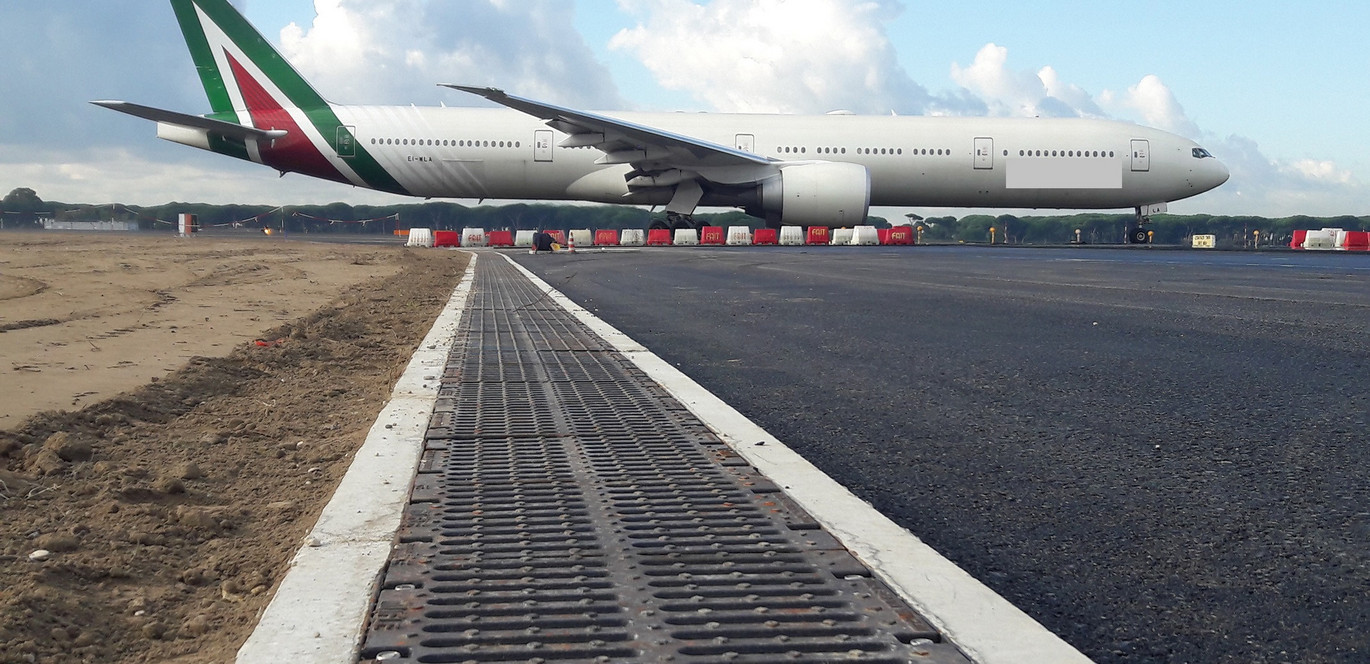Main infrastructure
A range of drainage solutions for large infrastructures

Effective management of surface water for all highways, trunk roads, tunnels and airports is essential for safe use by both vehicles and pedestrians. For example, Mufle has high-capacity drainage solutions to ensure road surfaces remain as free from standing water as possible on these key strategic roads and trunk roads. Tunnels are often essential links in our infrastructure and are therefore used intensively. The rapid, safe and efficient drainage of rainwater or other dangerous liquids which can end up in tunnels during disasters is therefore essential. Last but not least, airport surfaces must be perfectly drained because a runway with water can be very dangerous.


